Sight-Reading for
Piano Made Easy
Quick and Simple Lessons
for the Amateur Pianist
Copyright 2011 Read Books Ltd.
This book is copyright and may not be reproduced or copied in any way without the express permission of the publisher in writing
British Library Cataloguing-in-Publication Data
A catalogue record for this book is available from the British Library
A History of the Piano
The piano (an abbreviation of pianoforte) is a musical instrument played using a keyboard. It is widely used in classical and jazz music for solo performances, ensemble use, chamber music, accompaniment and for composing and rehearsal. Although the piano is not portable and often very expensive, its versatility and ubiquity have made it one of the worlds most familiar musical instruments. A piano usually has a protective wooden case surrounding the soundboard and metal strings, and a row of black and white keys (52 white keys and 36 black keys). The strings are sounded when the keys are pressed down, and are silenced when the keys are released. The note can be sustained even when the keys are released, by the use of pedals at the bottom of the piano.
During the Middle Ages there were several attempts at creating stringed keyboard instruments with struck strings, and by the seventeenth century, the mechanisms of keyboard instruments such as the clavichord and the harpsichord were well known. The invention of the modern piano however, is credited to Bartolomeo Cristofori (1655-1731) of Padua, Italy. He was employed by Ferdinando de Medici, Grand Prince of Tuscany as the Keeper of the Instruments. Cristofori was already an expert harpsichord maker and was well acquainted with the existing body of knowledge on stringed keyboard instruments. In an inventory made by his employers, a piano is listed in the year 1700 but the three Cristofori pianos that survive today date from the 1720s.
Cristoforis great success was solving, with no prior example, the fundamental mechanical problem of piano design: the hammer must strike the string, but not remain in contact with it (because this would dampen the sound, as with a clavichord). Moreover, the hammer must return to its rest position without bouncing violently, and it must be possible to repeat a note rapidly. This new instrument remained relatively unknown until an Italian writer; Scipione Maffei wrote an enthusiastic article about it in 1711, including a diagram of the mechanism. After this the piano took off! Piano-making flourished in the late eighteenth century Viennese school, which included Johann Andreas Stein (who worked in Augsburg, Germany) and the Viennese makers Nannette Streicher (daughter of Stein) and Anton Walter. Viennese-style pianos were built with wood frames, two strings per note, and had leather-covered hammers. It was for instruments such as these that Wolfgang Amadeus Mozart composed his concertos and sonatas; the pianos of his day had a much softer, more ethereal tone than todays instruments, with less sustaining power.
By the 1820s, the centre of innovation had shifted to Paris, where the Pleyel firm manufactured pianos used by Frdric Chopin and the rard firm manufactured those used by Franz Liszt. In 1821, Sbastien rard invented the double escapement action, which incorporated a repetition lever (also called the balancier) that permitted repeating a note even if the key had not yet risen to its maximum vertical position. This facilitated rapid playing of repeated notes, a musical device exploited by Liszt. When the invention became public, as revised by Henri Herz, the double escapement action gradually became standard in grand pianos, and is still incorporated into all grand pianos currently produced.
Mass production in factories made pianos more affordable for a larger number of people. They appeared in music halls and pubs during the nineteenth century, providing entertainment through a piano soloist, or in combination with a small band. Pianists began accompanying singers or dancers performing on stage, or patrons dancing on a dance floor.
During the nineteenth century, American musicians playing for working-class audiences in small pubs and bars, particularly African-American composers, developed new musical genres based on the modern piano. Ragtime music, popularized by composers such as Scott Joplin, reached a broader audience by 1900. The popularity of ragtime music was quickly succeeded by Jazz piano. New techniques and rhythms were invented for the piano, including ostinato for boogie-woogie, and Shearing voicing. George Gershwins Rhapsody in Blue broke new musical ground by combining American jazz piano with symphonic sounds. Honky-tonk music, featuring yet another style of piano rhythm, became popular during the same era, as did Rock and Roll music subsequently. In the late twentieth century, Bill Evans composed pieces combining classical techniques with his jazz experimentation.
As is evident from this brief introduction to the history of the piano, it is an incredibly versatile instrument, with a long and intriguing history. We hope the reader enjoys this book and is encouraged to find out more.
Contents
SIGHT-READING MADE EASY
By DOROTHY BRADLEY & J. RAYMOND TOBIN


QUICK TEST IN READING INTERVALS (Playing by Feel)
In reading music it is most important that you should be able to find your way without looking at the keyboard. Mentally read Ex. 1a and notice how the notes moveup or down, and whether by 2nds or by 3rds; then put the correct finger on the first key and play straight through without looking at the keyboard.

Do the same with Ex. 1b.

In Exs. 2a and 2b look out particularly for 4ths and 5ths as well as for 2nds and 3rds. Find the first key with its correct finger, and shape your hand over the five keys so that each finger is ready to play. Try to mean every sound you make. Play steadily, without looking at the keyboard.

SIXTHS
In Exs. 3a and 3b find out all the 6ths you canfrom line to next space but two, or from space to next line but two. The fingers marked will help you to reach the keys easily.
Play straight through steadily.

SEVENTHS and OCTAVES
A seventh is from a line to a line, or from a space to a space:  An 8th is from line to space, or from space to line:
An 8th is from line to space, or from space to line:  In Exs. 4a and 4b decide which are sevenths and which are 8ths.
In Exs. 4a and 4b decide which are sevenths and which are 8ths.



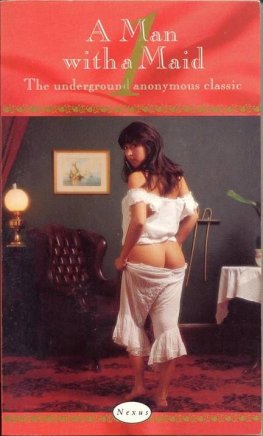
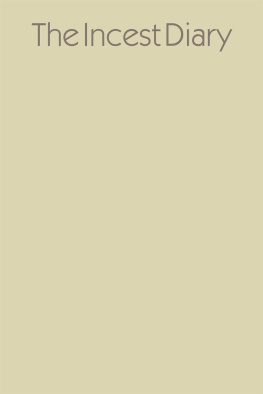

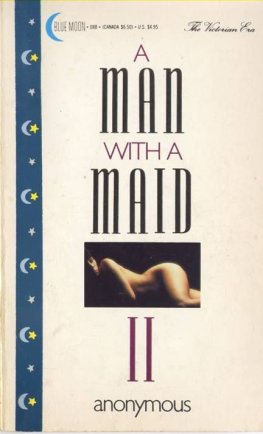
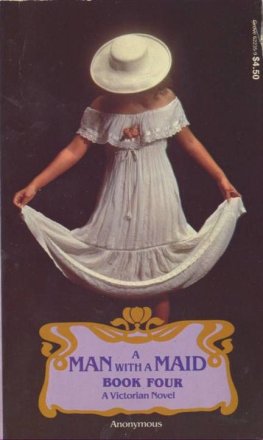

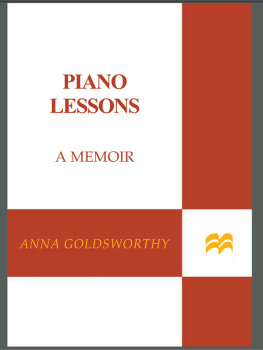
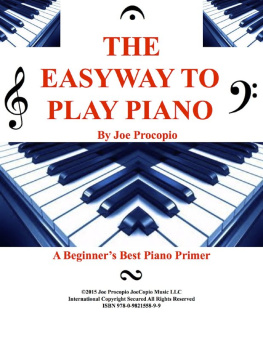

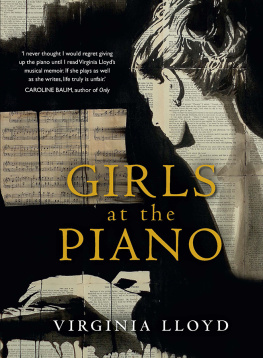



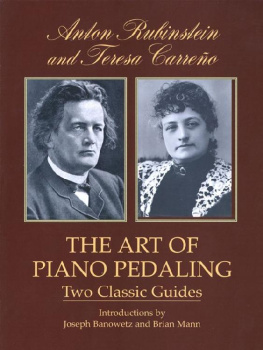
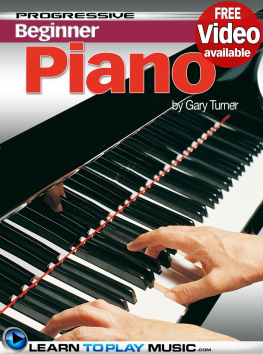





 An 8th is from line to space, or from space to line:
An 8th is from line to space, or from space to line:  In Exs. 4a and 4b decide which are sevenths and which are 8ths.
In Exs. 4a and 4b decide which are sevenths and which are 8ths.